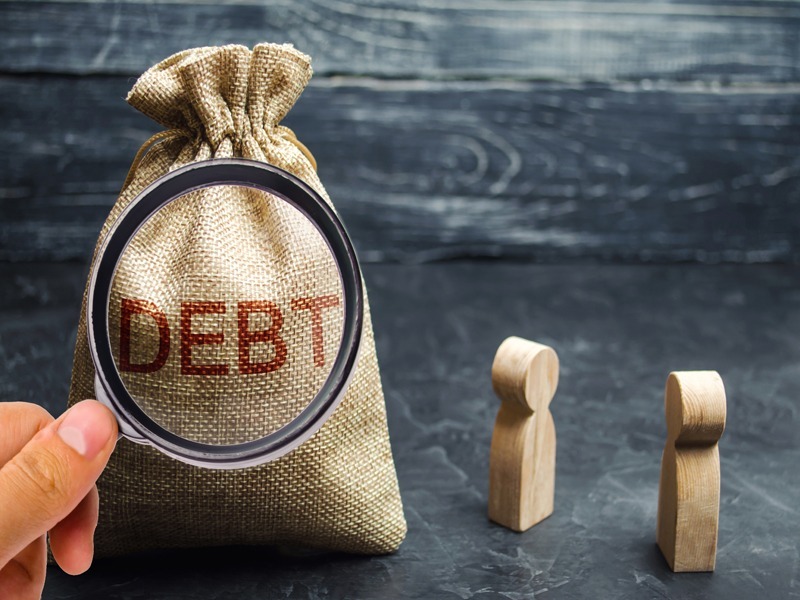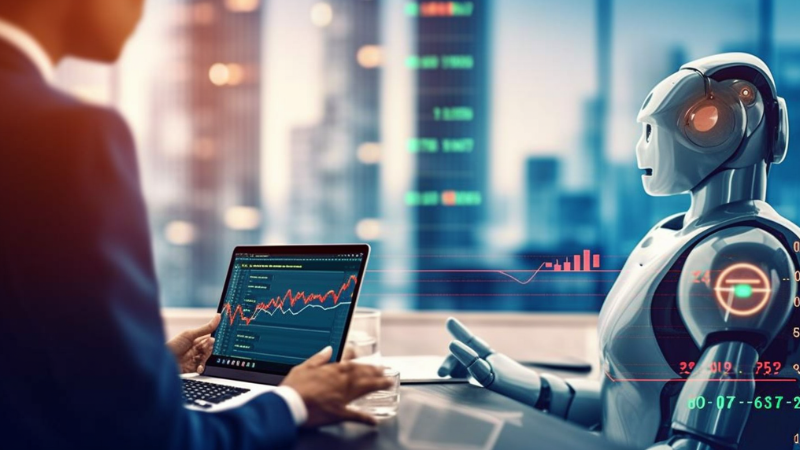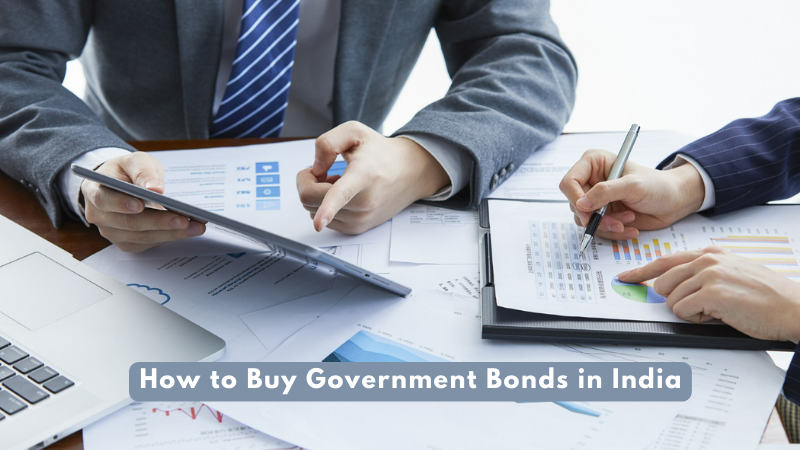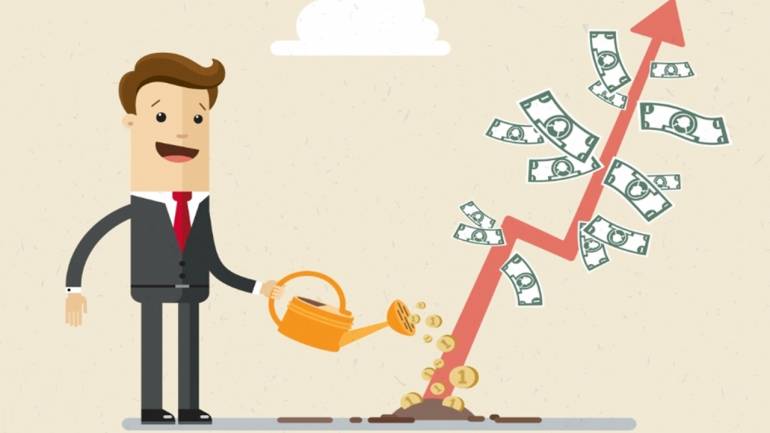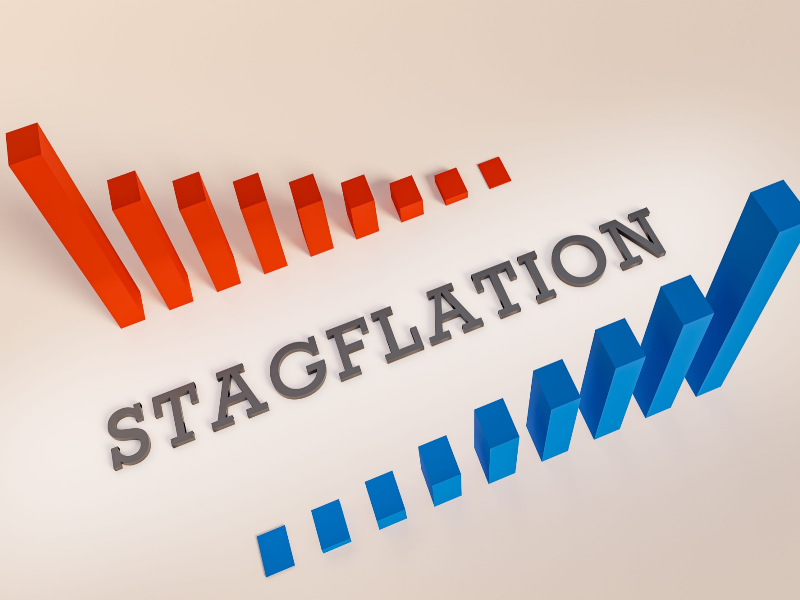
The term inflation has become synonymous with the economic situation across the globe. Majority of the countries even a superpower like the US is reeling under the pressure of high inflation levels. This surge in the global inflation levels is the result of the covid pandemic as well as the war between Russia and Ukraine that has disrupted the supply chains across the globe and pushed the prices of commodities to unprecedented levels. Governments across the globe are taking many measures to battle the rising inflation and bring some stability to the economy. But did you know inflation to a certain level is considered healthy for an economy, especially a developing economy? The current economic crisis is however worse than any previous period and the world economies are experiencing a phenomenon that is known as stagflation.
So what is this stagflation and how is it different from inflation? Given below is a brief discussion regarding the same.
What is inflation?
Inflation is the decrease in the purchasing power of money due to an increase in the prices of commodities. The rising prices of everything in the country are a result of the imbalance in the demand and supply functions. While the Indian economy was under pressure due to the pandemic, it was among the first to bounce back faster and better. However, the war between Russia and Ukraine disrupted the supply chain further pushing the prices of everything. Add the effect of rising crude prices which increases the cost of production and raw materials which further pushes the prices to higher levels. Organizations have to therefore pay increased remuneration or wages to their employees so they can meet the additional cost of living which again drives the cost for the company ultimately pushing the prices of its products and services. This is a vicious circle that can drain the economy if not kept in check.
What is stagflation?
The word stagflation was first introduced by Iain Mcleod in the 1960s. Stagflation is a worse situation than inflation as it is coupled with high inflation and low economic growth. It is a situation that arises through high unemployment in the country where the economy is weakened due to high prices. The primary response to the rising inflation in any country is increasing the interest rates in the economy. This will lead to the reduced purchasing power of the people and higher outflow of existing loan obligations and a general reduction in the overall demand in the country as a whole and a slowing of the economy. When this situation persists or worsens, it affects the growth prospects of the country and its GDP and brings stagnation. This scenario is known as stagflation.
Under stagflation, there is also a concept of the Misery Index which was introduced in the 1970s. This index is measured by putting together inflation and the unemployment rates. It is also the general measurement of the misery of the citizens hence the name misery index.
What are the differences between the two?
Now that we have understood the basic meaning of the terms stagflation and inflation, let us now understand the basic differences between the two.
| Category | Stagflation | Inflation |
| General spending in the country | Under stagflation, the general spending in the country is lower as the citizens do not have good purchasing power. | Under inflation, the prices of everything are high but eventually, the demand eases off thereby creating a balance between the basic demand and supply. This boosts economic growth and increases the general spending in the country. |
| Unemployment | Unemployment is the characteristic of stagflation and is on a rise. | During inflation, the unemployment is lower as the increasing GDP of the country creates employment opportunities as well. |
| Growth of the economy | Like unemployment, stagnation in economic growth is another characteristic of stagflation. | Inflation does not hamper economic growth. On the contrary, most economists believe that a healthy level of inflation is good for the growth of an economy. |
| Availability of solution | Stagflation is more of a long-term concern as compared to inflation as it is quite difficult for an economy to come out of this situation. | While growing inflation is a huge concern for any country, there are many measures that can be taken by the government to resolve the situation and improve the economy. |
Conclusion
According to the Securities Industry and Financial markets Association, based out of USA approximately 80% of the economists surveyed had agreed that stagflation is a worse situation than inflation and a higher long-term risk to any economy apart from deflation. While the world is facing the serious risk of stagflation in many economies, India is at relatively lower risk due to many government policies that have helped in stabilizing the economy. Some of the steps highlighted by the World Bank to fight stagflation include countering the increase in crude and food inflation and restricting the impact of the ongoing war on people across the globe, increasing the debt relief efforts, and moving towards cleaner energy at a faster pace.
FAQs
The concept of stagflation was coined by Iain Macloed in the 1960s.
According to most economists across the globe, stagflation is a much more serious and worse situation than inflation for any economy.
The top contributors or features that lead to stagflation are
-High inflation
-Stagnant or slow economic growth
-High unemployment
-Poor or weakened economy
The solution to stagflation can be quite tricky. In the 1970s, when the US was gripped by stagflation, they hiked the interest rates to extreme levels that drove the country to recession. Even in the current scenario, the US Federal Reserve has increased the interest rates to their highest levels and is committed to increasing them till they overcome the high inflation. Hence, the possibility of history repeating itself and the recession gripping the country cannot be denied.

















